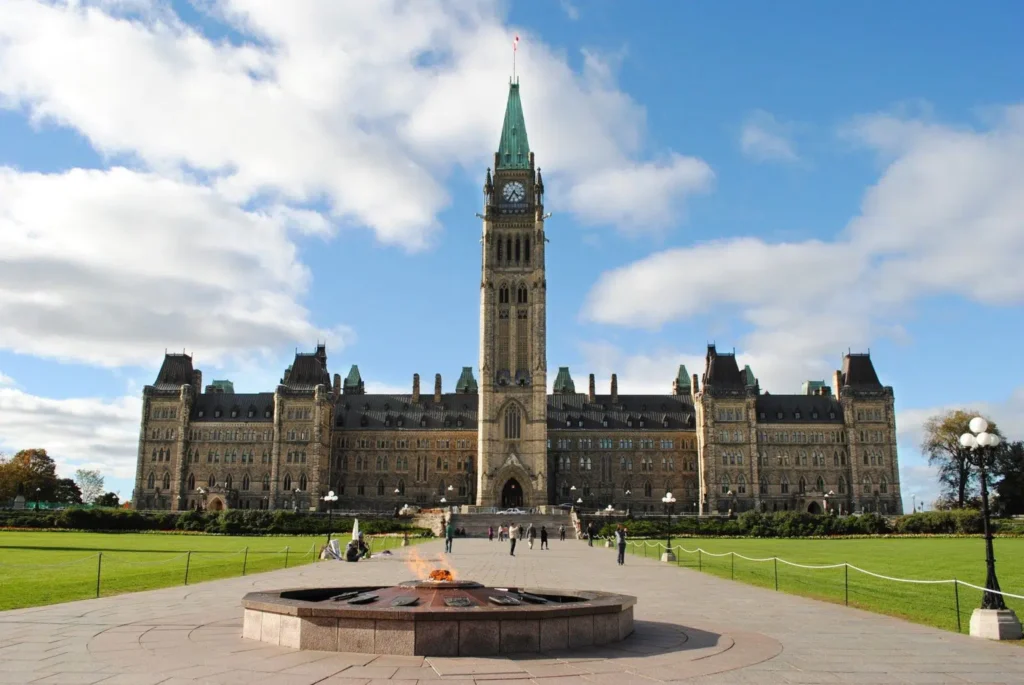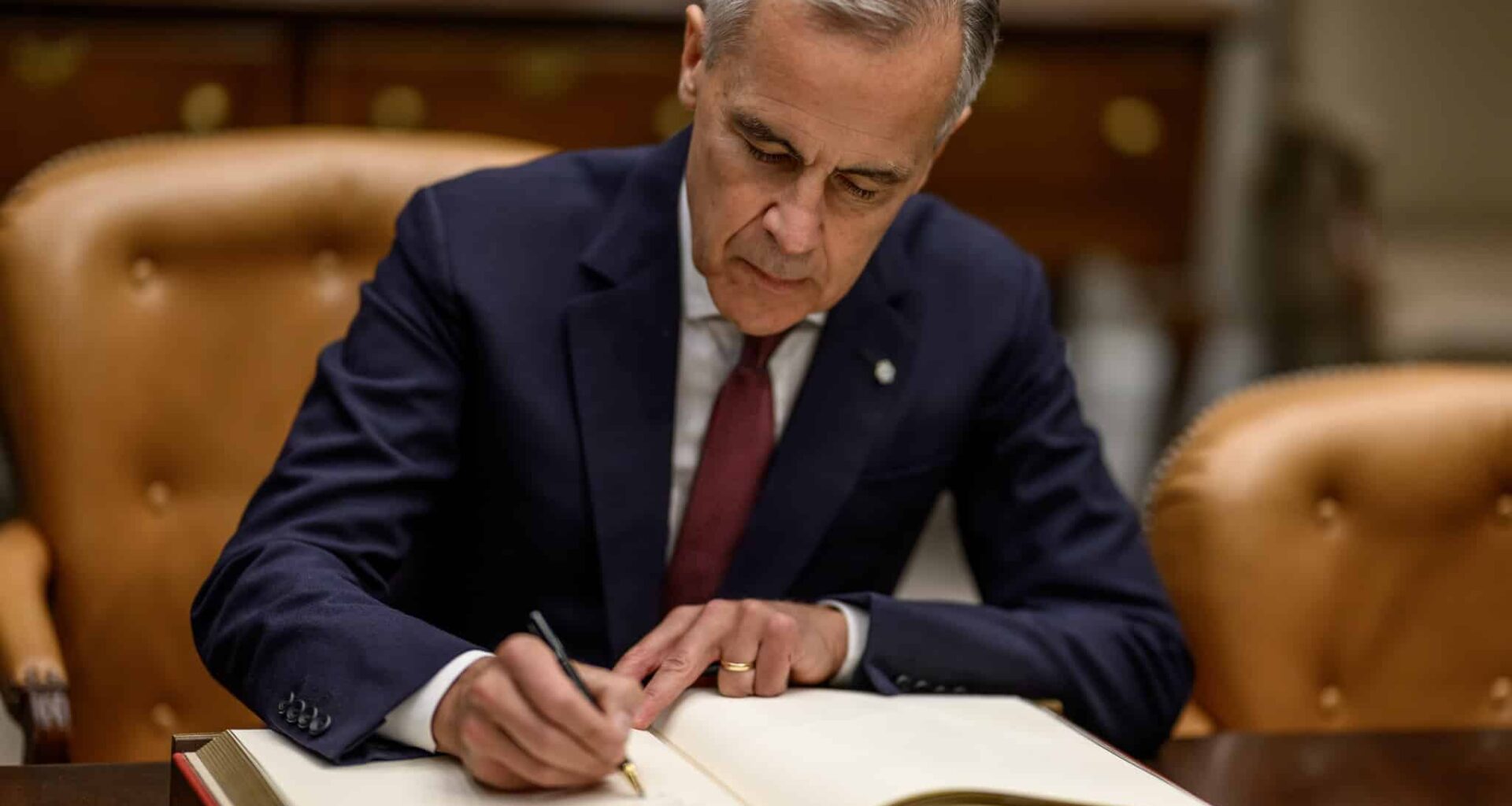The real test isn’t what the budget cuts; it’s what we build in its place.
There are two ways to read a federal budget. The first is as theatre: the flourish of new envelopes, the tactical leaks, the rhetorical bow to “hard-working families.” The second is as a sorting mechanism. Budgets tell you what a government thinks is essential versus merely desirable; nation-building versus nice-to-have.
On Tuesday, agriculture — and the seed sector in particular — will find out into which pile it falls.
This government has said the quiet part out loud: it is picking winners. The rubric, as Carla Ventin of Mile26 Strategy puts it, is “economy, security, and sovereignty” under “strict fiscal restraint.” That is not a bad frame. It is, in fact, exactly the frame in which modern agriculture belongs. The question for the budget is whether the people writing it know that — and whether the numbers that follow will reflect it.
The Stakes are Larger Than a Program Line
Plant breeding is not a grant program. It is a platform. In a trade-exposed economy, it is also a hedge — against climate volatility, against shifting phytosanitary rules, against being price-takers in markets where competitors are investing to be price-makers.
The sector has done its homework. The “Let’s Grow Canada” open letter from 30 agri-food organizations makes the case with inconvenient arithmetic: federal agricultural R&D fell from $0.86 billion (2013) to $0.68 billion (2022); our global market share has slid 12% since 2000; and productivity growth is projected to limp along at ~1% by 2030. The signatories agreed that we need an intentional shift in how Canada views agriculture: not as a legacy industry to be managed, but as a growth engine to be fuelled.
That said, it’s worth noting who wasn’t a signatory on that letter: Seeds Canada. Its absence was a reminder that industry consensus is more nuanced than a single communiqué suggests.
SRM: Modernization or Mirage?
Five years into Seed Regulatory Modernization, we have a policy paper and 52 proposals. Some of it is overdue good sense (incorporation by reference; digital tags; downgrading without re-grading). Some of it is an admission of capacity: CFIA does not and will not do everything. And some of it, Seeds Canada warns, is a placeholder — “exploration” where action was promised, burden reductions overstated on one page and reintroduced on another.
Doug Miller, executive director for the Canadian Seed Growers’ Association, is admirably blunt about the missing pieces. Start with data: “Canada doesn’t actually know how much seed is certified each year.” In a G7 country, that is not a quirk; it is a policy failure. Mandatory reporting is not bureaucracy; it is the information base without which you cannot manage, measure, or defend a system.
Add to that the larger point: strategic delegation is not deregulation. If CSGA and other qualified bodies can deliver certification faster and cheaper while CFIA focuses on the roles only government can do, that is modernization with teeth — provided the labs in Saskatoon and Ottawa are treated as the strategic assets they are, not as easy outs for a 7-15% budget haircut.

The Funding Argument Just Got Sharper
Here the politics gets interesting. Seeds Canada’s pre-budget submission doesn’t ask Ottawa to preserve the old funding model — it argues the status quo “won’t deliver competitiveness.” Their prescription: royalties on farm-saved seed (via Variety Use Agreements and stronger plant breeders’ rights) to fund true public-good research, plus regulatory streamlining. In other words: keep public breeding where market scale is thin, but create a functioning value-capture system so breeders — public and private — can reinvest.
Seeds Canada’s policy director Lauren Comin is frank about the structural problem: Agriculture and Agri-Food Canada has long dominated cereals, farmers replant public varieties without compensating the breeder, and Canada lacks the mechanisms other countries use to recycle value into R&D. Under fiscal restraint, you can either backfill with ever-scarcer public dollars, or you can align incentives so the pipeline funds itself. Seeds Canada has clearly chosen the latter. If that sounds like a softening from past rhetoric, it is — toward a model that funds public goods with private-law tools rather than endless appropriations.
The Budget’s First Filter: Do We Still Believe in Public Breeding?
It is fashionable to say “let the market handle it.” The market does a great many things well. But breeding time horizons are a decade, not a quarter, and the public–private pipeline remains the backbone of Canadian genetics. SeCan’s evolution tells the story: from distributor to co-developer, from cheque-writer to partner, from “move seed” to “keep Canadian germplasm Canadian.” Pull a major public player out of wheat, barley, or oats and you don’t just save money — you unwind resilience. Diseases evolve. So must genetics.
SeCan’s general manager Jeff Reid says treat breeding as nation-building infrastructure. That does not mean entrenching 20th-century machinery for its own sake. It means building the lean, modern institutions that link public science, private capital, and producer priorities — with accountability and speed. Eastern soy premiums exist because genetics met a spec; Prairie cereal gains exist because decades of quiet public investment met grower need. Budget lines either reinforce that flywheel or jam it.
The Second Filter: Regulation as Catalyst — or Speed Bump
Former ag minister Kody Blois—now parliamentary secretary to the prime minister — says the right thing out loud: “View regulation as a catalyst for innovation, not a constraint.” On gene editing, we’ve seen glimpses of that posture from CFIA. SRM is the next exam. Incorporation by reference can be an agility engine; or it can be a promise never operationalized. An external advisory body can be ballast; or it can be theatre. The budget will tell us which it is by funding the people and systems that make agility real.
Ventin’s tactical advice to the sector — “show what works,” “be strategic,” “no laundry lists” — is also a prescription for the budget drafters. If you’re going to demand restraint, fund the things that save you money. Digitize where the pain is. Delegate where the bottlenecks are. And do not confuse “cutting red tape” with cutting the lab bench you’ll wish you had in the next disease cycle.
The World Will Not Slow Down Because We Are Tidying Our Books
Trade is no longer an abstract of comparative advantage. It is a live-fire exercise in power and proximity. The 2026 CUSMA’s review is not a calendar reminder; it is an ongoing test of whether Canada still understands how to anchor itself to the world’s largest market without being dragged under it. The U.S. is rewriting rules by press release. China’s intentions are unknowable because they are contingent. In this environment, as Michael Harvey of the Canadian Agri-Food Trade Alliance notes, you don’t “pivot away” from the United States because a letter is rude; you harden your competitive core so you have leverage when you need it.
That core begins with the things only you can do for yourself: breeding that fits your soils and climate; a regulatory posture that says “bring your innovation here first”; border processes that don’t thicken at the sound of the word “security.” If the budget trims into that muscle, it is not prudent. It is short-sighted.
What a Serious Budget Would Do on Tuesday
It would draw a bright line around plant breeding as strategic capacity. It would keep the Canadian Food Inspection Agency’s seed science whole while accelerating delegation where industry has proven competence. It would fund the dull but decisive things — mandatory seed certification reporting; the digital plumbing of SRM; a standing external advisory table with real remit and timelines. It would treat trade infrastructure as the cost of playing in the majors, not a ribbon-cutting opportunity.
It would also take the sector at its word. The open letter offers a $100-billion growth story if government does the things only government can do: set targets, align regulators to those targets, fix the pipes, modernize risk tools. But it would also recognize that the letter’s coalition did not include Seeds Canada — and that there is a credible, market-based route to fund public-good research through farm-saved seed royalties and clearer IP rules. Take yes for an answer. Then get out of the way.
And if it Doesn’t?
Then the sector should take Ventin’s other advice: engage like a partner, not a supplicant. Speak with one voice. Show the costed plan. Offer the delegation pathways that save the Crown money this year, not in theory. Bring the charts; speak the vernacular of the moment. Meet government where it lives — AI, climate, security — not where we wish it lived.
Yes, let’s make our voice heard if government doesn’t see the value in public plant breeding. If the labs are weaker on Wednesday than they were on Monday, say so. If public breeding is pushed to the margins, say so.
But then after we do that, let’s build the public-private bridge that puts it where in needs to be.
Budgets, like seed, are about choices made long before the harvest. On Tuesday, we may see signs of which choice Ottawa has made. If Canada wants to feed a more fractious world and prosper doing it, the path starts upstream — in the plots, the programs, and the policies that turn genetics into resilience.
Everything else is theatre.


